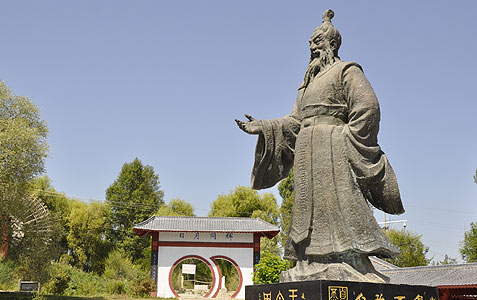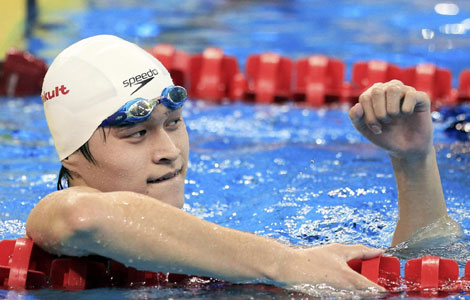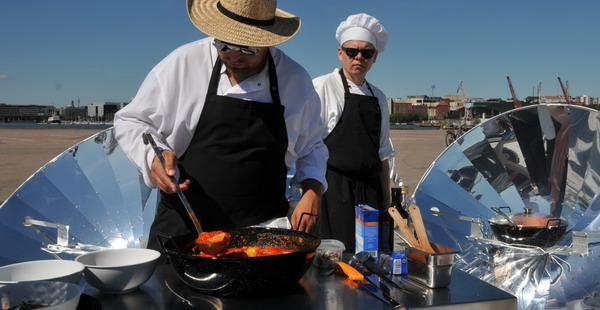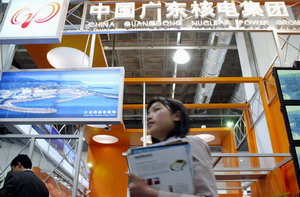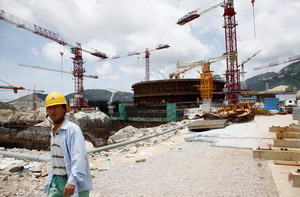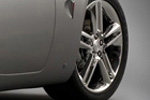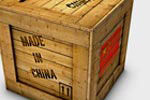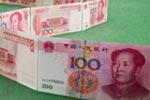Conoco says it didn't do enough to prevent leaks
Updated: 2011-08-13 09:34
By Wang Qian and Zhou Yan (China Daily)
|
|||||||||||
BEIJING- ConocoPhillips China, the operator of two leaking oil platforms in Northeast China's Bohai Bay, conceded for the first time on Friday that it had not done enough to check for potential leaks in the bay.
That admission came after more oil was found to be seeping into the ocean from what is known as the oilfield's Platform B.
According to a statement released on Friday by the North China Sea Branch of the State Oceanic Administration, ConocoPhillips reported the discovery of two new leaks on Aug 7.
A supervision team working for the branch criticized the company for giving a "perfunctory explanation" when it had looked for signs that more oil was seeping into the bay during a spot investigation conducted at the oilfield on Aug 3.
After work to clean up the site had proceeded for more than a month, a fresh oil sheen was found near Platform C at the oilfield and additional oily mud discovered. That prompted officials at the North China Sea Branch to wonder if more leaks were occurring and to ask ConocoPhillips to conduct an inspection under the two platforms.
According to the statement, ConocoPhillips had tried to stop the leak at Platform B only by reducing the pressure in the reservoir, suspending the output of oil and taking other "temporary measures".
"The company is playing Tai Chi with (taking a frivolous attitude to) the Chinese government," an anonymous official from the North China Sea Branch told China Daily on Friday.
She said the company must clean up the bay and eliminate the danger of further leaks before Aug 31, or it will face the most severe penalty possible.
"We have dedicated substantial resources to the cleanup and expect to have it completed by the end of August," Georg Storaker, president of ConocoPhillips China, said in a statement on Friday.
He said the operation has cleaned up about 70 percent of the mineral oil-based mud found on the bay's seabed.
To clean up the bay, ConocoPhillips is using 3,000 meters of oil-absorbent boom - floating barriers that can soak up oil from water - and 1,600 meters of inflatable containment boom. Also helping in the operation are 900 workers and 33 vessels, according to the statement.
Since Aug 3, cleanup crews have recovered 269 cubic meters of oil-based mud, enough to fill 1,700 barrels, from the seabed near the Penglai 19-3 C platform. They have also collected 70 cubic meters of an oil-and-water mixture, enough for 440 barrels, from the sea surface, the statement said.
Those figures indicate that 400 cubic meters of oily mud, enough to fill 2,500 barrels, have sunk to the seabed since the first of the recent leaks occurred in Bohai Bay in June. All of that has been recovered.
Meanwhile, the total volume of oil leaked onto the sea's surface remains at 114 cubic meters, enough to fill 717 barrels.
The company's statement did not mention the new leaks, only saying a steel containment device has been installed over the seepage area near Platform B.
One day after the State Oceanic Administration's branch called for an apology from ConocoPhillips, China National Offshore Oil Corp, a partner in the leaking oilfield, expressed regret for not preventing the leak and promised to strengthen its supervision of offshore oil exploration, according to a statement released on Thursday night.
Environmentalists have criticized ConocoPhillips for having a bad attitude and not being transparent with the information it has.
Ma Jun, director of the Institute of Public and Environmental Affairs, said ConocoPhillips China has shown little sincerity in response to the authority's requests.
"The State Oceanic Administration should suspend the other oilfield that is being operated by the company in Bohai Bay to encourage it to stop the leak and finish the cleanup as soon as possible," Ma said.
Related Stories
Conoco gets more orders for cleanup 2011-08-03 15:31
Oil spill in China's Bohai Sea rises to 2,500 barrels 2011-08-12 17:14
Apology urged for oil leak 2011-08-12 14:10
Growth in oil use to slow in tandem with economy 2011-08-12 10:19
- Draft places new curb on developers
- China sees sharp decline in new-yuan lending
- Lotte signals expansion in Chinese market
- Nation to double solar capacity
- Nokia, China Mobile open Windows
- Debt crisis threat to growing exports
- New cable network set to launch in September
- China's exports feel the hard pinch


